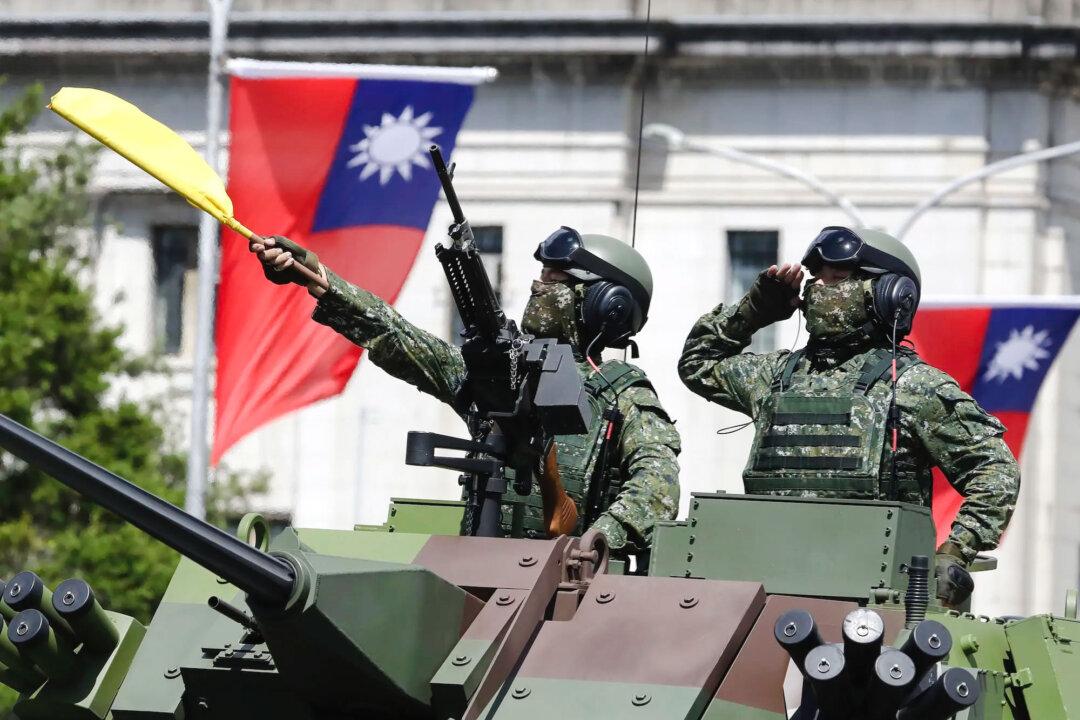TAIPEI, Taiwan—Two Royal Canadian Navy ships sailed through the Taiwan Strait on June 18, in a move likely to draw ire from Beijing.
Taiwan’s Military News Agency confirmed the sailing of the two ships on June 19, saying that the Canadian vessels “conducted their freedom of navigation.” The Taiwanese military added that it detected “no anomaly” while monitoring the island’s nearby naval and air activities as the two vessels passed through.





